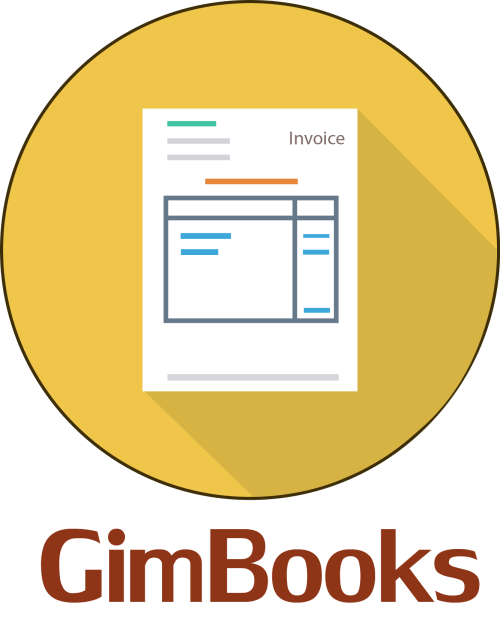What type of e-invoicing API integration to choose for?
What are the different modes of API integration for e-invoicing? API (Application Programming Interface) acts as an intermediary to facilitate communication between taxpayers/GSP and the e-invoice system.
What are the different modes of API integration for e-invoicing? API (Application Programming Interface) acts as an intermediary to facilitate communication between taxpayers/GSP and the e-invoice system.
GSTN introduced e-Invoicing for certain taxpayers with effect from 1st Oct 2020 and has been progressively onboarding other taxpayers on the IRP. They can easily generate e-invoices by using offline utility tools for e-invoicing and bulk e-invoicing. However, these methods can be time-consuming for the taxpayers. So, the GSTN has introduced an e-Invoicing API that integrates with the taxpayer’s ERP and helps in communicating with the IRP.
There are two types of e-invoicing API integration and we will help you out with which type of e-invoicing API integration to choose for.
E-invoicing integration - Types
There are two types of e-invoicing API integration:
- Direct API integration
- GSP-Based API integration
E-invoicing API integration - Prerequisites
Here is the list of prerequisites for easy e-invoicing API integration
- The invoice generation system should be automated.
- All traffic from the taxpayer ERP should be free from viruses, malware, and interruptions.
- The taxpayer should adhere to the Information Technology Act, 2000 provisions.
- The taxpayer must adhere to all IT security guidelines and regulatory requirements.
- The taxpayer should have adequate data transmission to connect to the e-Invoice system.
- The taxpayer ought to have a sandbox testing system for testing the integration.
Direct API integration
The taxpayers who are under the mandate, Direct API, are accessible for them. The accompanying steps are to be followed:
- The Taxpayers should likewise provide the contact details of the SPOC or Project manager looking after the integration.
- The test results ought to be sent to einv.api@gov.in from the Taxpayer’s registered email ID and the IP addresses that need to be whitelisted to access the IRP. A taxpayer can whitelist a maximum of 4 IP addresses.
- After the evaluation, API access will be provided to the taxpayer.
- The Taxpayer ought to create separate credentials for utilizing the IRP.
- The taxpayers should initially test the API integration on the sandbox system set up by the GSTN.
GSP API integration
GST Suvidha Providers (GSPs) are intermediaries authorized by the GSTN that help taxpayers to develop programs that are GST compliant. GSPs have set up predefined APIs that are agreeable with the GSTN’s policies and can be easily integrated into the taxpayer’s ERP. With the help of these APIs, the taxpayers can seamlessly connect to the invoice registration portal (IRP).
Benefits of using GimBooks integration Solution
GimBooks is an E-invoicing solution providing end to end solutions
GST data travels end-to-end without the involvement of a third-party. Hence, 100% data security guaranteed.
It provides various value-added services like trend analysis, tax alerts and legal support. Besides this, it offers an end-to-end solution to corporates through which they can manage their sale, purchase and GST filing.
